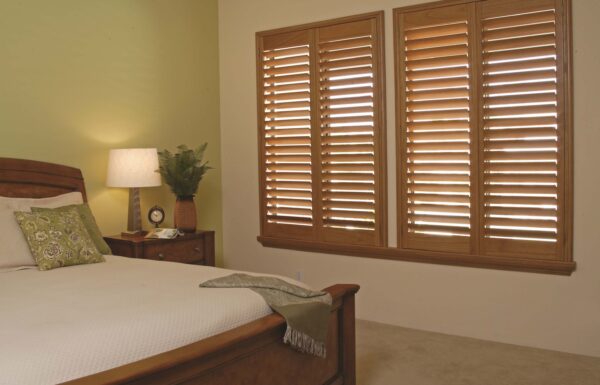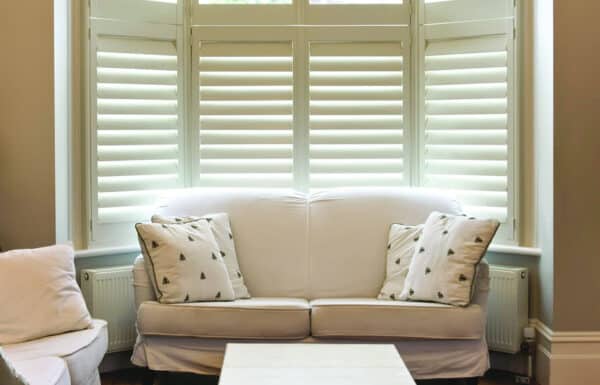Shopping for window shutters for the first time means getting to grips with a handful of important technical terms. Some of which can seem a little daunting at first. Our team is always available to answer any questions and clarify any concerns you may have. You will find most of the ‘weird and wonderful’ language associated with window shutters decoded in the summarised glossary below:


The panel of a window shutter is the main component, usually rectangular in shape, and is where the louvres and slats are located. Panels can either be fixed or installed in such a way as to be swung open fully when required.
This term refers to the long piece of material that sits horizontally in the panels, which can be opened and closed using a rod or lever. Some slats and louvres are perfectly flat, while others are slightly curved. Precise adjustments can be made to take control of light absorption and privacy.
A tilt rod is used to control the angle of the slats in the panels. It is technically an optional extra, as there are other ways slats can be adjusted, though this tends to be the preferred option for making quick and precise adjustments.
The ‘stile’ is the vertical piece of material that sits on both sides of the panel, to which the slats are connected. It connects to a ‘rail’ both at the top and bottom—the main horizontal pieces of material that form the upper and lower parts of the panel.
The installation of shutters begins by installing a frame, which is the’surrounds’ that connect the shutters to the opening in question. Frames can be styled in a variety of ways to suit their surroundings, either to match the shutters themselves or create a beautiful contrasting effect with complementary colours.
Divider rails can be installed for aesthetic purposes or to boost the structural integrity of a larger shutter panel. It is an additional horizontal rail that extends between the stiles, typically positioned halfway up the panel (or at any height preferred).
Adjusting the tension screw in a window shutter panel alters the movement tension of the slats and their tightness within the panel. It is easy to adjust with a Philips head screwdriver, enabling the user to choose their preferred resistance level.
Shutters that feature a hinge pin can be quickly and conveniently removed from the frame. This can be useful in the event that any of the panels need to be repaired, replaced, or maintained, enabling them to be removed without having to take down the frame at the same time.
Getting to grips with the basics of window shutter terminology holds the key to a better understanding of how window shutters work.
For more information on any of the above or to book your obligation-free home design visit, contact a member of the team at Riverside Shutters today.
Call Riverside Shutters today on 020 3126 4984 and our friendly, knowledgeable team will be here to help with all your questions. At the same time, why not arrange your free home survey?